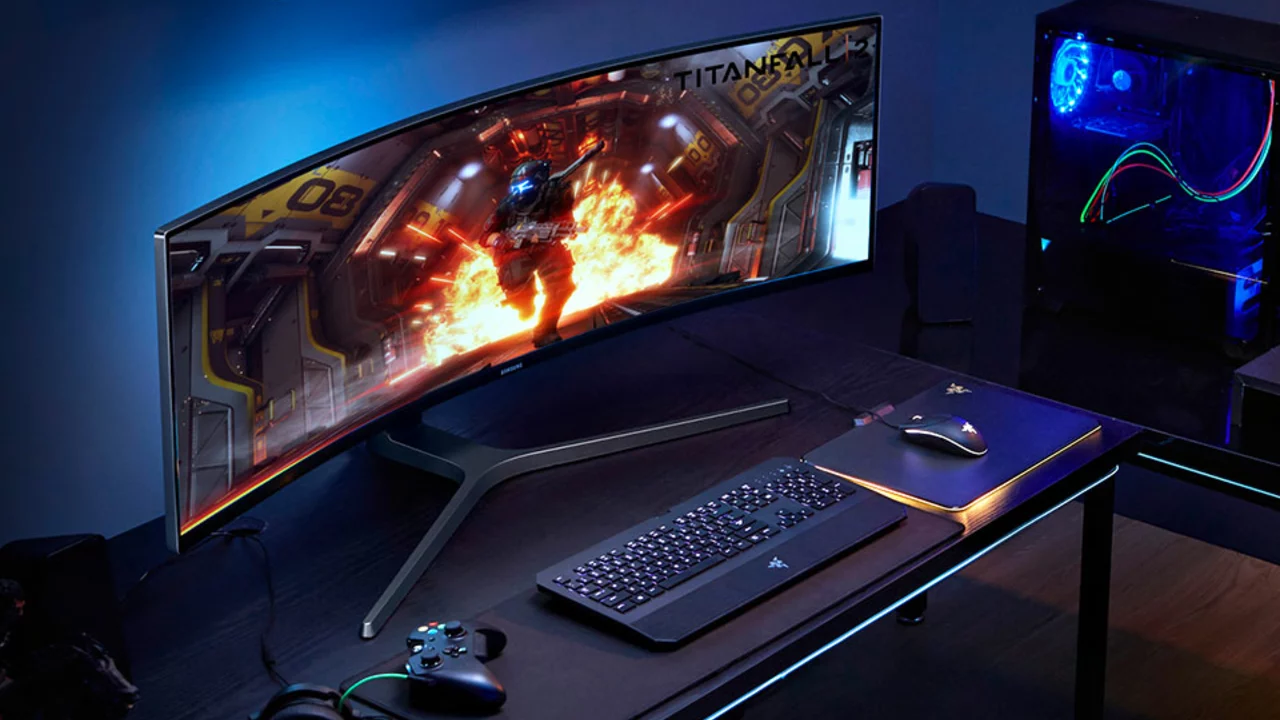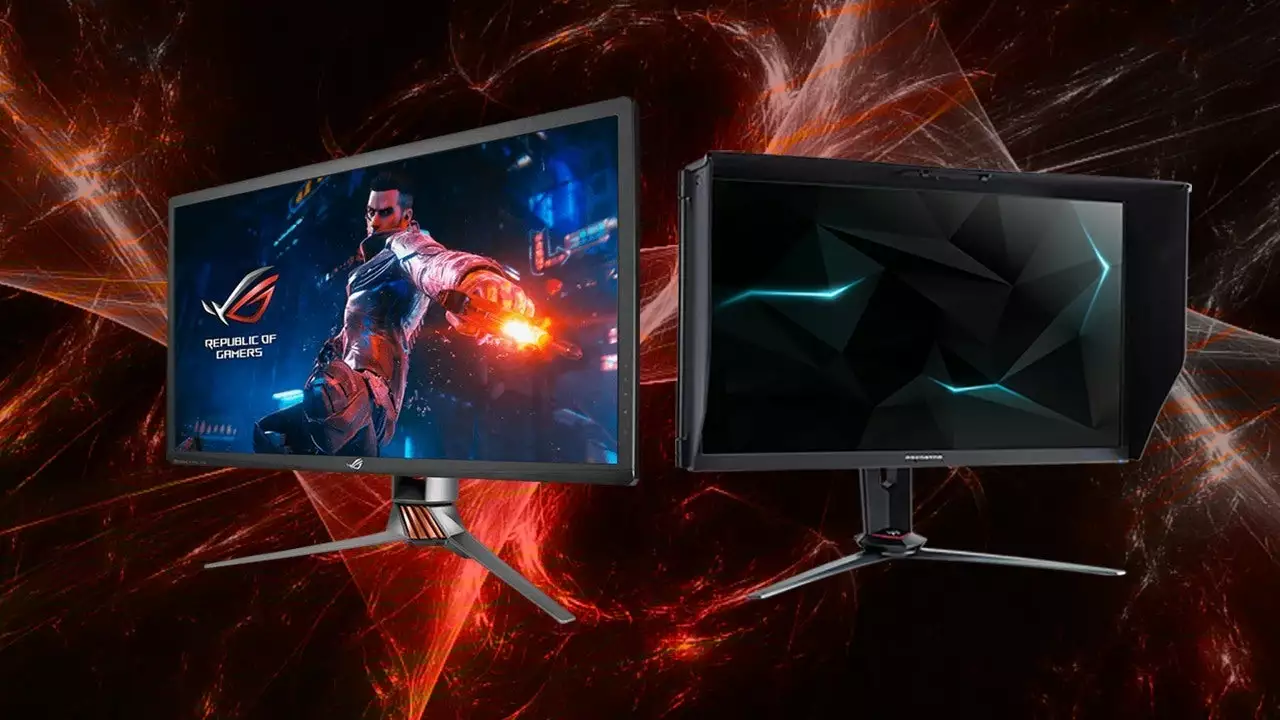Technology and Gaming: Quick Tips for Choosing the Right Monitor
Looking for a monitor that actually makes your games feel smoother? You’re not alone. Most gamers get stuck on specs that sound impressive but don’t translate to better play. Let’s cut the noise and focus on the three things that truly matter: refresh rate, response time, and panel type.
Picking the Perfect Refresh Rate
Refresh rate tells you how many frames your screen can show each second. A 144 Hz panel is the sweet spot for most gamers – it’s fast enough to keep motion silky and still affordable. If you’re chasing competitive shooters, 165 Hz or even 240 Hz can give a tiny edge, but the jump in price isn’t always worth it unless you’re already winning tournaments.
Why Response Time Still Counts
Response time measures how quickly a pixel changes color. A low 1 ms gray‑to‑gray rating wipes out ghosting and motion blur, especially in fast‑paced games. If you see trailing images during a sprint, that’s a sign you need a faster panel. Don’t get fooled by marketing hype – look for real user reviews that confirm the claim.
Panel Types: IPS vs. VA vs. TN
IPS panels deliver the best color accuracy and wide viewing angles, making them ideal if you also watch movies or edit screenshots. VA panels give deeper blacks, which is great for horror games, but they can be slower to respond. TN panels are the budget‑friendly option with the fastest response times, yet they sacrifice color fidelity. Choose based on what you value most in your daily use.
Resolution is another hot topic. 1080p is still the standard for smooth performance on mid‑range rigs. If your GPU can push 60+ fps at 1440p, you’ll notice sharper textures without a massive performance hit. 4K looks stunning, but it demands a powerful graphics card and often forces you to lower settings to keep the frame rate up.
Should You Go 4K?
Investing in a 4K monitor is a decision that hinges on two things: your hardware and your budget. A top‑tier GPU can handle 4K in many titles, but you’ll likely need to tweak graphics settings. If you’re a casual player who enjoys occasional cinematic moments, a 1440p 144 Hz monitor offers a great balance of clarity and speed without breaking the bank.
Price matters too. 4K panels start at around $400 and can climb past $1,000 for premium models. For most gamers, that extra cost doesn’t translate into a better experience unless you’re already maxing out ultra‑high settings. Think of it like buying a sports car you’ll only drive in the rain – it looks cool, but you might never use its full potential.
One practical tip: if you’re on a budget, buy a monitor with a good refresh rate first, then upgrade to higher resolution later. Many manufacturers release the same panel with different resolutions, so swapping the screen later can be cheaper than buying a high‑end 4K unit outright.
Don’t forget ergonomics. Adjustable stands, VESA compatibility, and eye‑care features like flicker‑free tech can keep you comfortable during marathon sessions. A monitor that tilts, swivels, and changes height helps you maintain a healthy posture and reduces neck strain.
To sum it up, focus on a 144 Hz refresh rate, low response time, and the panel type that fits your visual preferences. Choose 1080p or 1440p unless your rig can truly handle 4K without sacrificing frame rate. And always consider ergonomics and future‑proofing when you spend your hard‑earned cash.

- Jul, 22 2023
- Comments 0
What type of Monitor should I get for gaming?

- Jul, 17 2023
- Comments 0